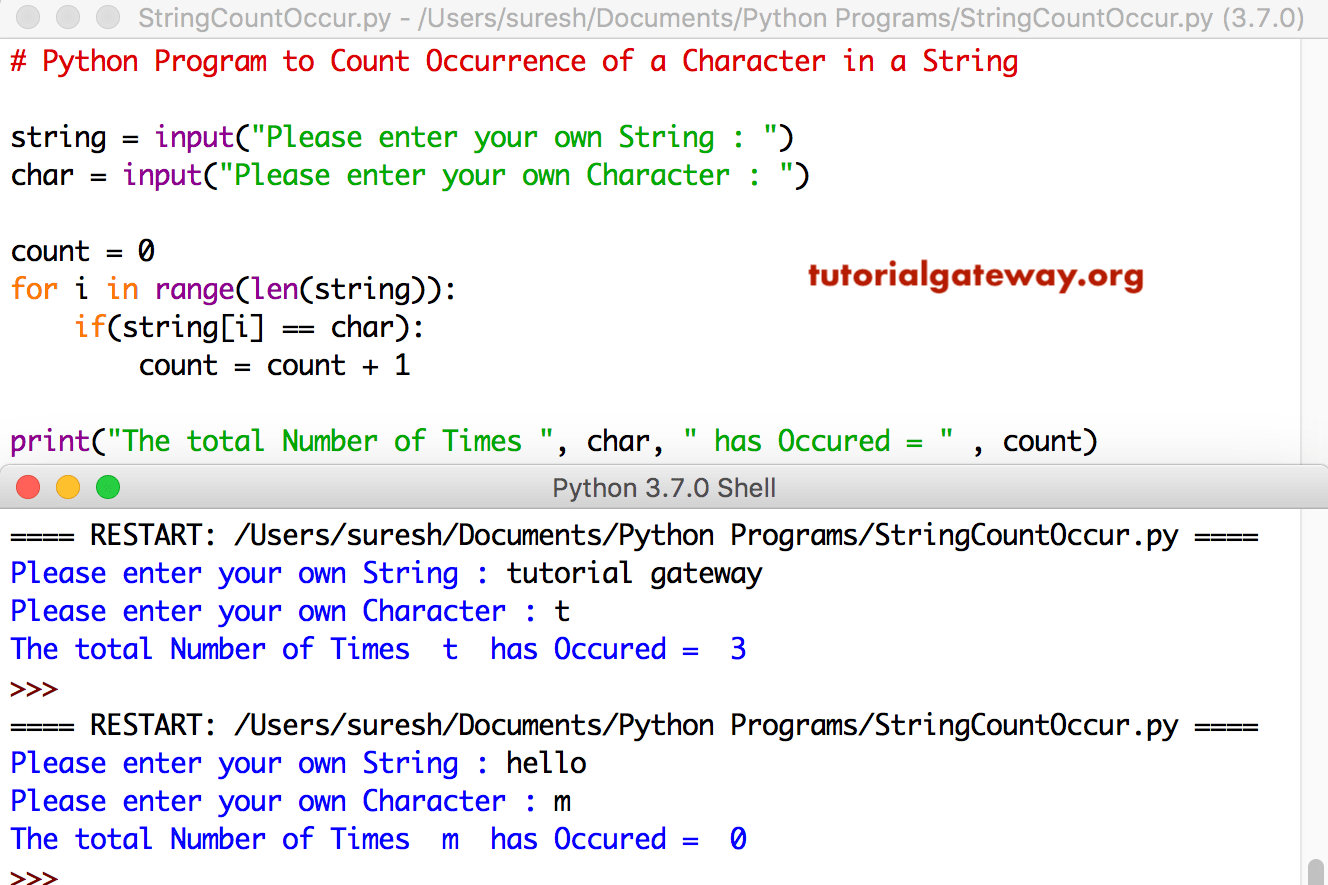

This sentence has 5.1 characters per word. This sentence has 4.375 characters per word. This sentence has 5.25 characters per word. This sentence has 6.4 characters per word.

This sentence has 4.75 characters per word. This sentence has 3.5 characters per word. This sentence has 7.0 characters per word. This sentence has 4.5 characters per word. This sentence has 4.8 characters per word. This sentence has 3.0 characters per word. This sentence has 2.0 characters per word. This sentence has 4.0 characters per word. This sentence has 5.0 characters per word. One more time: It is important that you start programming yourself right away! You cannot learn programming from reading. I've learned something useful in this class already! "Double-pressing" M changes a cell to Markdown (but only while it's blue once you're editing it and it is green, you have to use the toolbar). I've also now learned one more keyboard shortcut: M. Alternatively, if you find the Terminal/Command-line window where it is running, you can shut it down by pressing CTRL-C (holding down the Control key and then pressing C) twice in quick succession. kernels) and allows shutting them down (by clicking on a Shutdown button). Alternatively, the Notebook Dashboard has a tab named Running that shows all the running notebooks (i.e. To shut down a kernel, go to the associated notebook and choose the menu item File | Close and Halt. (You can reopen a browser tab and go back to it.)
In this example, we will create a pair consisting of
A pair RDD is an RDD where each element is a pair tuple (k, v) where k is the key and v is the value. Closing the notebook browser tab, will not shut down the kernel, instead the kernel will keep running until it is explicitly shut down. The next step in writing our word counting program is to create a new type of RDD, called a pair RDD. Hey, this bit is important: When a notebook is opened, its “computational engine” (called the kernel) is automatically started. So let's create a function which will count all the markdown cells within a Jupyter notebook's markdown cells.Jupyter/IPython Notebook ¶ Closing a notebook: kernel shut down ¶
FIND THE COUNTS OF EACH OF THE 100 WORDS INOTEBOOK CODE
Output cells contain the output from the code cell that precedes it.Code cells contain runnable code through a runtime.Heading cells (denoted by #) allow for navigatable headings.Markdown cells contain the written explanation or notes around some code.Cells can be either be markdown, heading, code or output cells. When working with Jupyter notebooks, everything is broken into 'cells'. This means that the tool we've just created won't capture any of the Jupyter notebooks within the folder, this will not stand! This post has been written in a Jupyter notebook, these files (.ipynb) are formatted at the base level as json files. In comparison, my engineering thesis for graduating university was 9916 words across 69 pages.

There you have it! 31380 words across all the markdown files. sub ( r '*\.', '', text ) return len ( text. sub ( r '\*\]', '', text ) # Remove enumerations text = re. sub ( r '', '', text ) # Remove footnote references text = re. sub ( r ']*>', '', text ) # Remove special characters text = re. sub ( r '', '', text ) # Remove images text = re. replace ( ' \t ', ' ' ) # More than 1 space to 4 spaces text = re. MULTILINE ) # Tabs to spaces text = text. # Source: def count_words_in_markdown ( filePath : str ): with open ( filePath, 'r', encoding = 'utf8' ) as f : text = f.


 0 kommentar(er)
0 kommentar(er)
